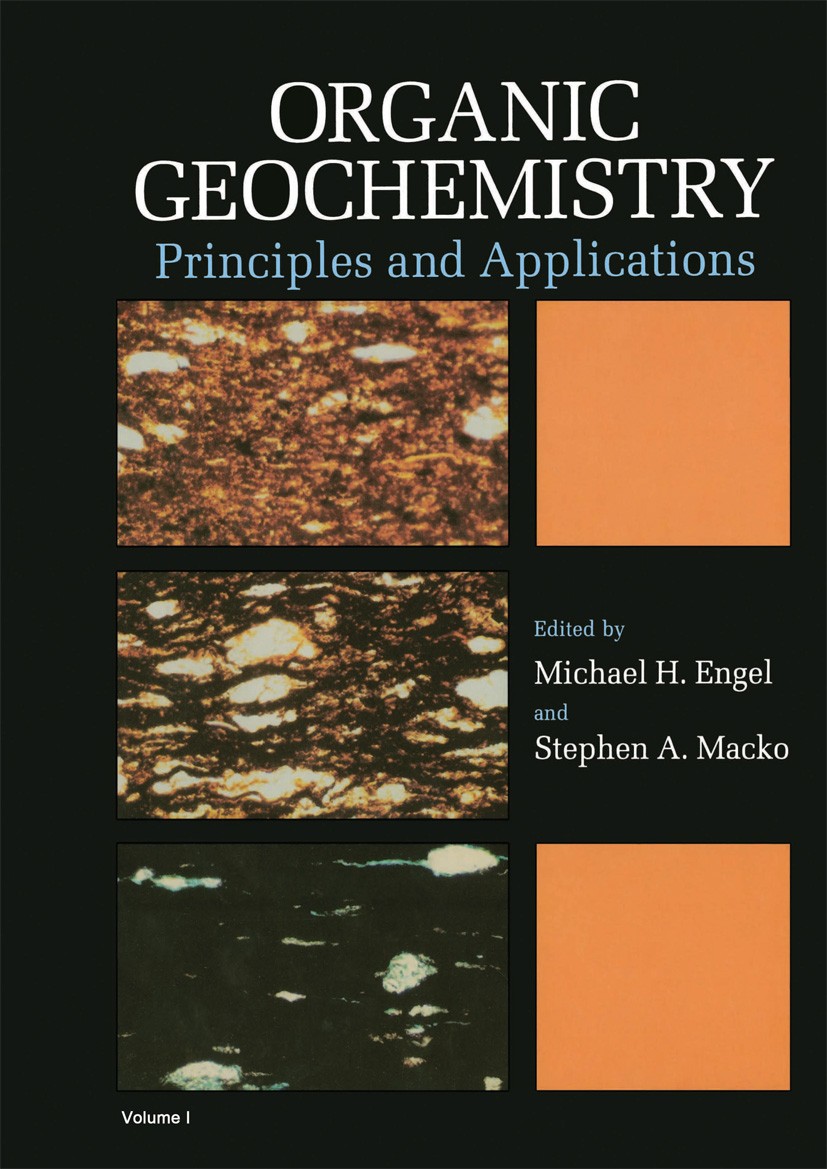Determining carbon isotopic compositions of benzothiophenes and dibenzothiophenes in crude oils and potential geochemical implications
IF 2.5
3区 地球科学
Q2 GEOCHEMISTRY & GEOPHYSICS
引用次数: 0
Abstract
Benzothiophenes (BTs) and dibenzothiophenes (DBTs) are an important organic sulfur compounds (OSCs) in crude oils, primarily as proxies for thermal maturity and secondary alteration, though their biological sources and depositional environments remain debated. Compound-specific stable carbon isotopic measurements could provide new insights into their origins. In this study, we employed improved methylation/demethylation reactions for selective separation of thiophenic and sulfidic compounds from crude oils to measure the stable carbon isotopic compositions of individual BTs and DBTs. Experiments with model compounds show no significant isotopic fractionation of BTs and DBTs through entire procedure, while small fractionation occurs for sulfidic compounds. Pre-removal of alkanes and additional purification by alumina column chromatography effectively reduced co-elution interference, enhancing the accuracy of isotopic measurements. To demonstrate the method’s applicability, two crude oils from Chinese petroliferous basins were analyzed, integrating δ34S values of individual DBTs. In the low maturity, non-biodegraded lacustrine oil, the DBTs exhibit highly 13C-depleted values (av., −35.2 ‰) compared to oil fractions and non-sulfurized individual organic compounds. With the exception of 1-methyldibenzothiophene (−29.1 ‰), the BTs are enriched in 13C relative to DBTs by up to ∼5.5 ‰, suggesting the distinct organic sources. In the biodegraded marine oil, although a small discrepancy in δ13C values (∼1 ‰) remains, similar δ13C values of oil components indicate a shared source, as shown by δ13C values of pristane (–33.0 ‰) and phytane (–33.7 ‰). δ34S values of individual DBTs (21–23 ‰) suggest a common source for organic sulfur given its moderate maturity (equivalent vitrinite reflectance of ∼0.9 %Requ). While OSCs formation in oils from the Tarim Basin is attributed to the incorporation of TSR-H2S into labile compounds in biodegraded oils, we propose that OSCs in these oils form mainly from sulfur re-incorporation, followed by cyclization and/or aromatization into functionalized aromatic and alkyl cyclohexane compounds at the early stage of diagenesis. This leads to similar carbon and sulfur signatures in BTs and DBTs. Therefore, successful carbon isotope measurements of individual BTs and DBTs could provide new insights into their sources and formation pathways, and application limitations. Future studies on samples from diverse geological settings could further demonstrate the methods potentials.
原油中苯并噻吩和二苯并噻吩的碳同位素组成测定及其潜在的地球化学意义
苯并噻吩(BTs)和二苯并噻吩(DBTs)是原油中重要的有机硫化合物(OSCs),主要作为热成熟度和次生蚀变的代表,尽管它们的生物来源和沉积环境仍然存在争议。特定化合物的稳定碳同位素测量可以为它们的起源提供新的见解。在这项研究中,我们采用改进的甲基化/去甲基化反应对原油中噻吩类和硫化物进行选择性分离,以测量单个bt和dbt的稳定碳同位素组成。模型化合物的实验表明,在整个过程中,bt和dbt没有明显的同位素分馏,而硫化物化合物则发生了较小的分馏。预去除烷烃和氧化铝柱层析的额外纯化有效地减少了共洗脱干扰,提高了同位素测量的准确性。为验证该方法的适用性,以中国含油气盆地的两种原油为例,对各dbt的δ34S值进行了积分分析。在低成熟度、非生物降解的湖相油中,与油馏分和非硫化的单个有机化合物相比,dbt表现出高度的13c亏缺值(约为- 35.2‰)。除1-甲基二苯并噻吩(- 29.1‰)外,BTs相对于DBTs的13C富集高达~ 5.5‰,表明其有机来源不同。在生物降解的海相原油中,虽然δ13C值差异不大(~ 1‰),但原油组分δ13C值相近,如原石(-33.0‰)和植烷(-33.7‰)的δ13C值。单个dbt的δ34S值(21-23‰)表明,由于其中等成熟度(等效镜质组反射率为~ 0.9% Requ),有机硫的共同来源。虽然塔里木盆地石油中OSCs的形成归因于TSR-H2S在生物降解油中的不稳定化合物的掺入,但我们认为这些石油中的OSCs主要来自硫的再掺入,然后在成岩早期环化和/或芳构化成功能化的芳香族和烷基环己烷化合物。这导致了bt和dbt中相似的碳和硫特征。因此,成功测量单个bt和dbt的碳同位素可以为其来源和形成途径以及应用局限性提供新的见解。未来对不同地质背景样品的研究将进一步证明该方法的潜力。
本文章由计算机程序翻译,如有差异,请以英文原文为准。
求助全文
约1分钟内获得全文
求助全文
来源期刊

Organic Geochemistry
地学-地球化学与地球物理
CiteScore
5.50
自引率
6.70%
发文量
100
审稿时长
61 days
期刊介绍:
Organic Geochemistry serves as the only dedicated medium for the publication of peer-reviewed research on all phases of geochemistry in which organic compounds play a major role. The Editors welcome contributions covering a wide spectrum of subjects in the geosciences broadly based on organic chemistry (including molecular and isotopic geochemistry), and involving geology, biogeochemistry, environmental geochemistry, chemical oceanography and hydrology.
The scope of the journal includes research involving petroleum (including natural gas), coal, organic matter in the aqueous environment and recent sediments, organic-rich rocks and soils and the role of organics in the geochemical cycling of the elements.
Sedimentological, paleontological and organic petrographic studies will also be considered for publication, provided that they are geochemically oriented. Papers cover the full range of research activities in organic geochemistry, and include comprehensive review articles, technical communications, discussion/reply correspondence and short technical notes. Peer-reviews organised through three Chief Editors and a staff of Associate Editors, are conducted by well known, respected scientists from academia, government and industry. The journal also publishes reviews of books, announcements of important conferences and meetings and other matters of direct interest to the organic geochemical community.
 求助内容:
求助内容: 应助结果提醒方式:
应助结果提醒方式:


